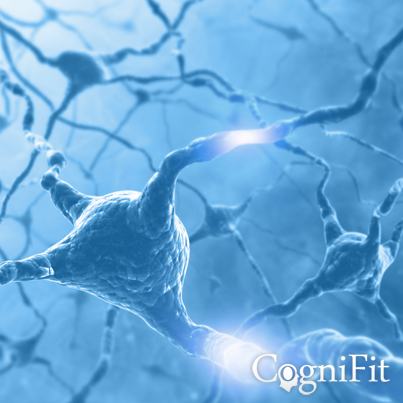
Ace Detector Test
CAT-AD
Get access to this neuropsychological assessment.
Cognitive assessment of your cognitive skills.
Compare if you are able to face high performance sports tests. Try it!
The CogniFit Ace Detector Test is composed of a set of four CogniFit tasks that have been modified to be shorter and more demanding: Tapping Test (Halstead, 1947), Visual Search Test (Treisman & Gelade, 1980), Selective Attention Test (Brickenkamp, 1962), Sustained Attention to Response Test (Robertson et al., 1997). The purpose of this task is to quickly identify the most cognitively sharp and active elite players, particularly in bench sports environments.
For more information about what variables are measured in this task, read this document.
- What is measured:Reaction time, processing speed, and spatial awareness.
- Time allowed:90 seconds.
- Areas of application:Sports, Sports Psychology, Educational Psychology, Clinical Psychology, Neuropsychology, General Medicine and Research.
- Format:Online Computerized Test (PCs, cell phones, and tablets).
- Objective:Identify whether the user's performance is above high limits and, therefore, is prepared to face demanding sporting situations.
- Instructions:Complete the tasks as best as you can, fast as you can.

References
Brickenkamp, R. (1962). Aufmerksamkeits-Belastungs-Test (Test d2) (1st ed.). Göttingen, Germany: Hogrefe.
Halstead, W.C. (1947). Brain and Intelligence. Chicago, IL: University of Chicago Press.
Robertson, I. H., Manly, T., Andrade, J., Baddeley, B., & Yiend, J. (1997). `Oops!’: Performance correlates of everyday attentional failures in traumatic brain injured and normal subjects. Neuropsychologia, 35(6), 747-758. https://doi.org/10.1016/s0028-3932(97)00015-8
Treisman, A., & Gelade, G. A. (1980). A feature-integration theory of attention. CognitivePsychology , 12 (1), 97-136. https://doi.org/10.1016/0010-0285(80)90005-5



